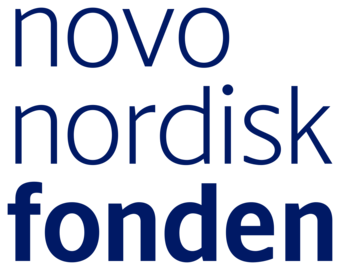
Division of Neurophysiology (Center for Brain Research)
Position: Assistant Professor
Location: Spitalgasse 4
Phone: +43 (0)1 40160-34126
E-Mail: ruth.drdla@meduniwien.ac.at
Research Area
Acute Pain, Chronic Pain
Research Interests
Analgesics, Opioid, Astrocytes, Long-Term Potentiation, Microglia, Neuronal Plasticity, Pharmacogenetics, Spinal Cord
Grant(s)
Abstract
One mechanisms thought to underly the transition of acute to chronic pain is synaptic long-term potentiation at synapses in the superficial spinal cord dorsal horn, which can be induced by strong noxious stimuli such as inflammation or trauma, or upon withdrawal of opioids. I am investigating the mechanisms of induction, maintenance and reversal of this form of synaptic plasticity in the nociceptive system.
My current work is focused on the role of glial cells and the effects of neuron-glial interactions on synaptic transmission and plasticity at synapses in the superficial layers of the spinal cord dorsal horn.
Techniques
- In vivo electropyhsiology
- In vitro electrophysiology (acute slices)
- Calcium Imaging
- Behavioural Tests
- Immunostainings
- Pharmacosynthetics
Selected publications
- Kronschläger MT, Drdla-Schutting R, Gassner M, Honsek SD, Teuchmann HL, Sandkühler J (2016) Gliogenic LTP spreads widely in nociceptive pathways Science, 354: 1144-1148
| Article (PDF): 1 2 | - Gerhold K, Drdla-Schutting R, Honsek S, Forsthuber L, Sandkühler J (2015) Pronociceptive and Antinociceptive Effects of Buprenorphine in the Spinal Cord Dorsal Horn Cover a Dose Range of Four Orders of Magnitude J Neurosci, 35 (26): 9580-9594
| Article (PDF) || Weblink | - Drdla R, Benrath J, Wunderbaldinger G, Sandkühler J (2012) Erasure of a spinal memory trace of pain by a brief, high-dose opioid administration Science, 335: 235-238
| Article (PDF) || Weblink | - Heinl C, Drdla-Schutting R, Xanthos D, Sandkühler J (2011) Distinct mechanisms underlying pronociceptive effects of opioids J Neurosci, 31(46): 16748–16756
| Article (PDF) || Weblink | - Drdla R., Gassner M., Gingl E., Sandkühler J. (2009) Induction of synaptic long-term potentiation after opioid withdrawal Science, 325: 207-210
| Article (PDF) || Supplement |





